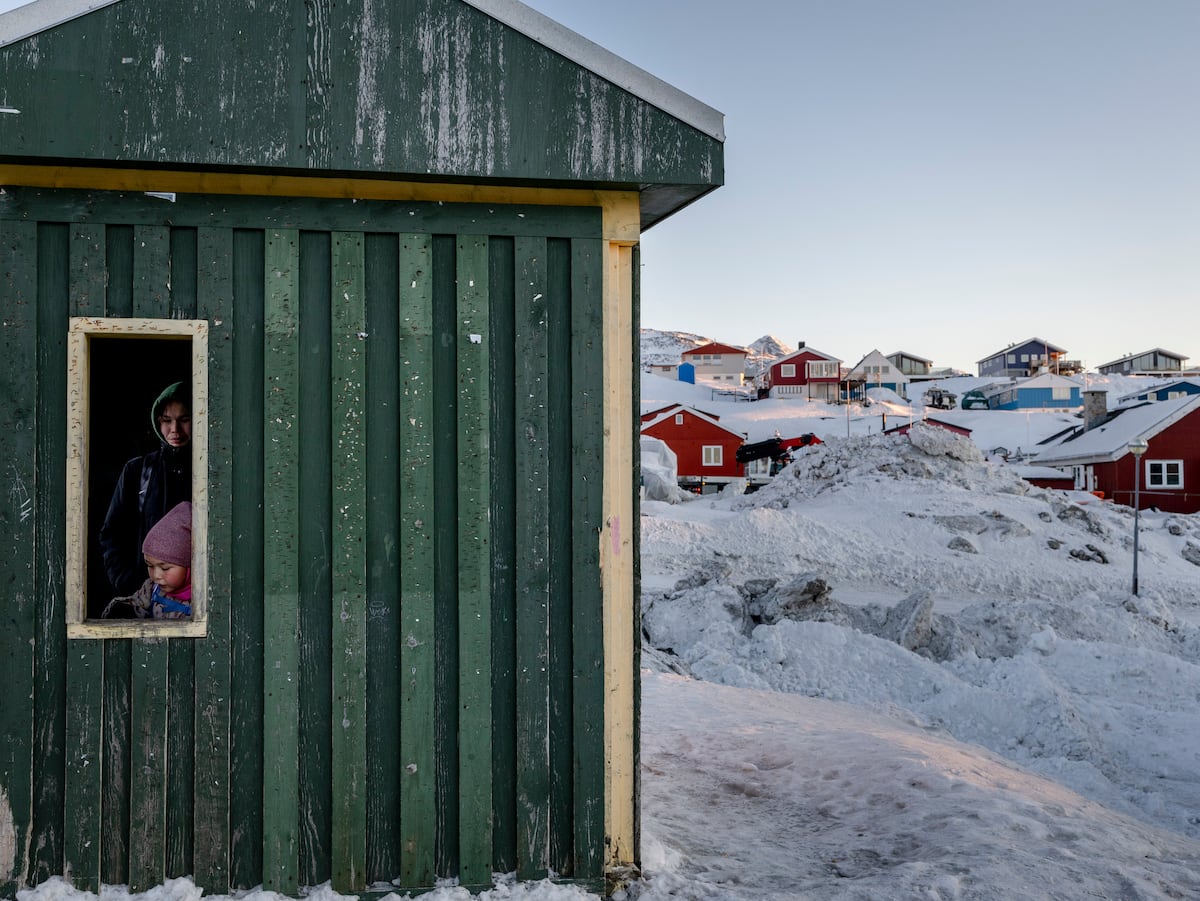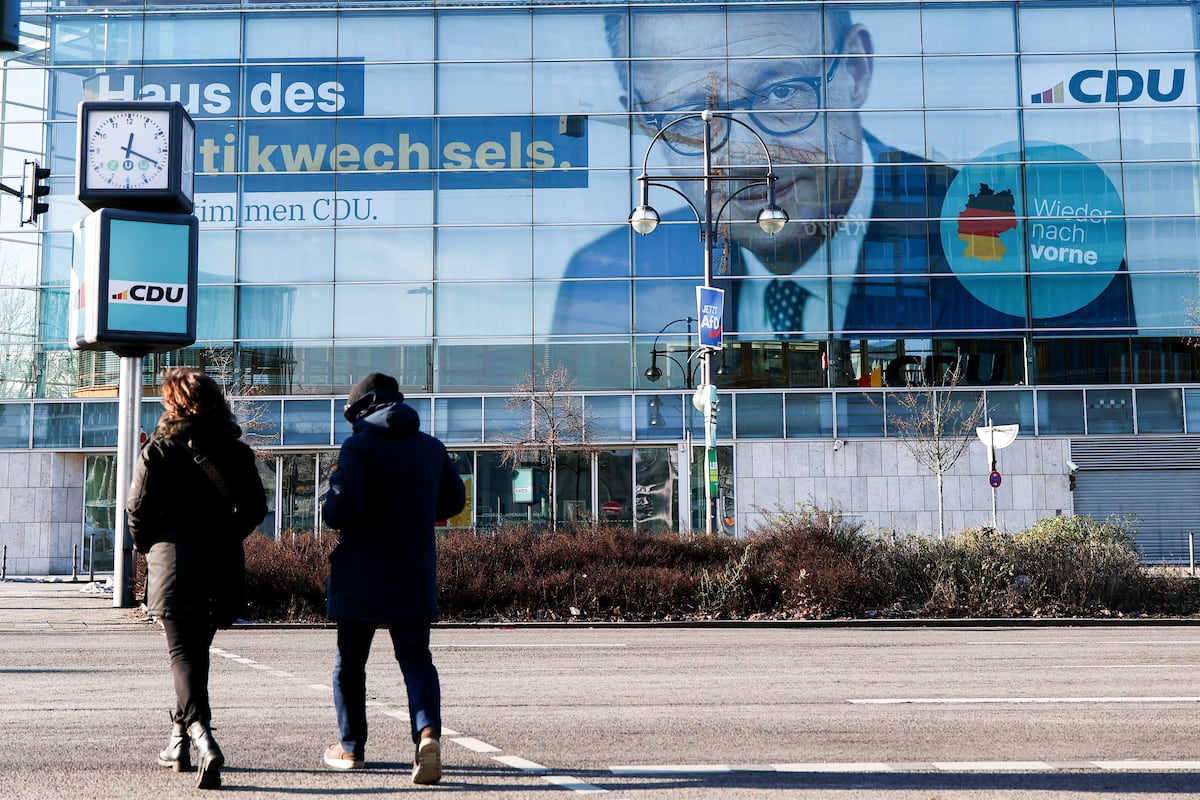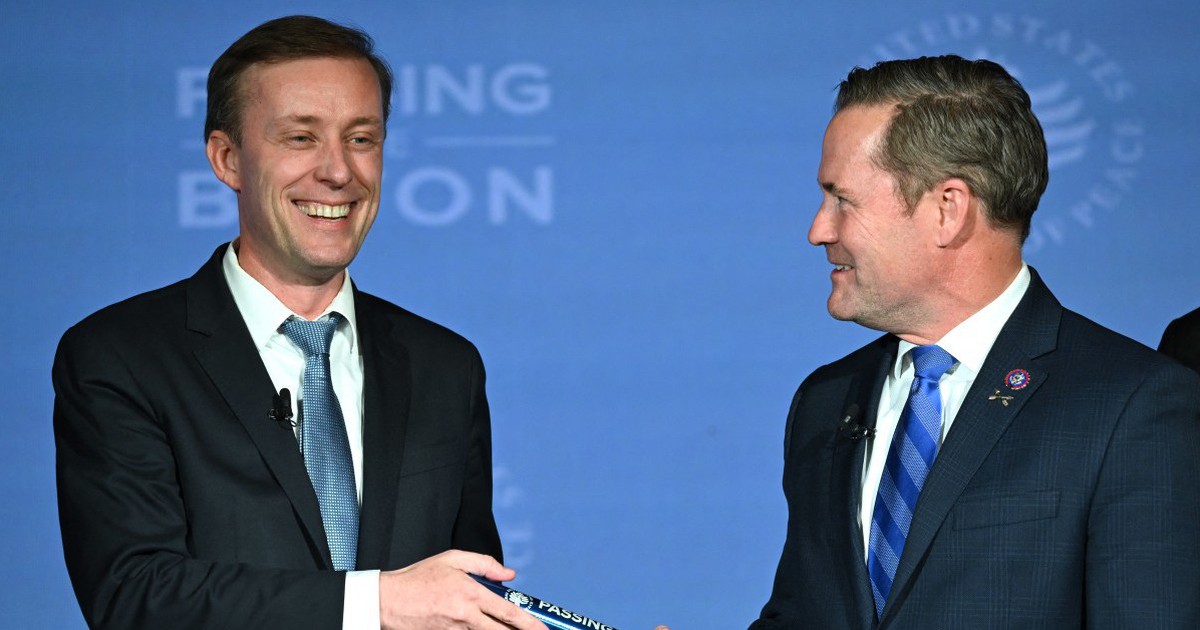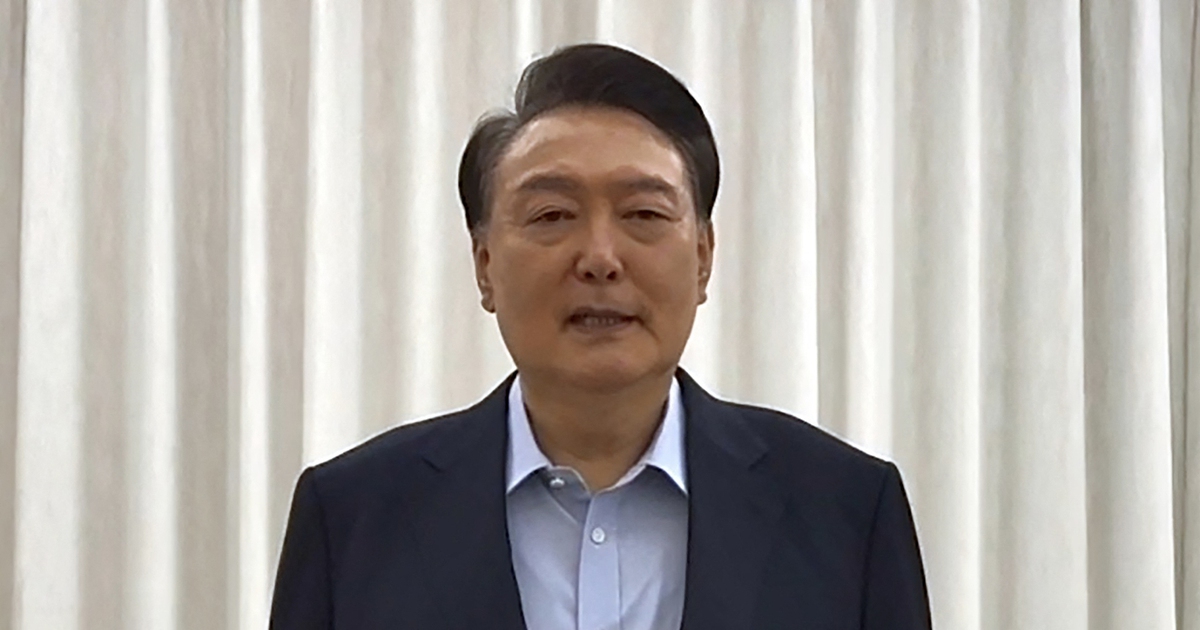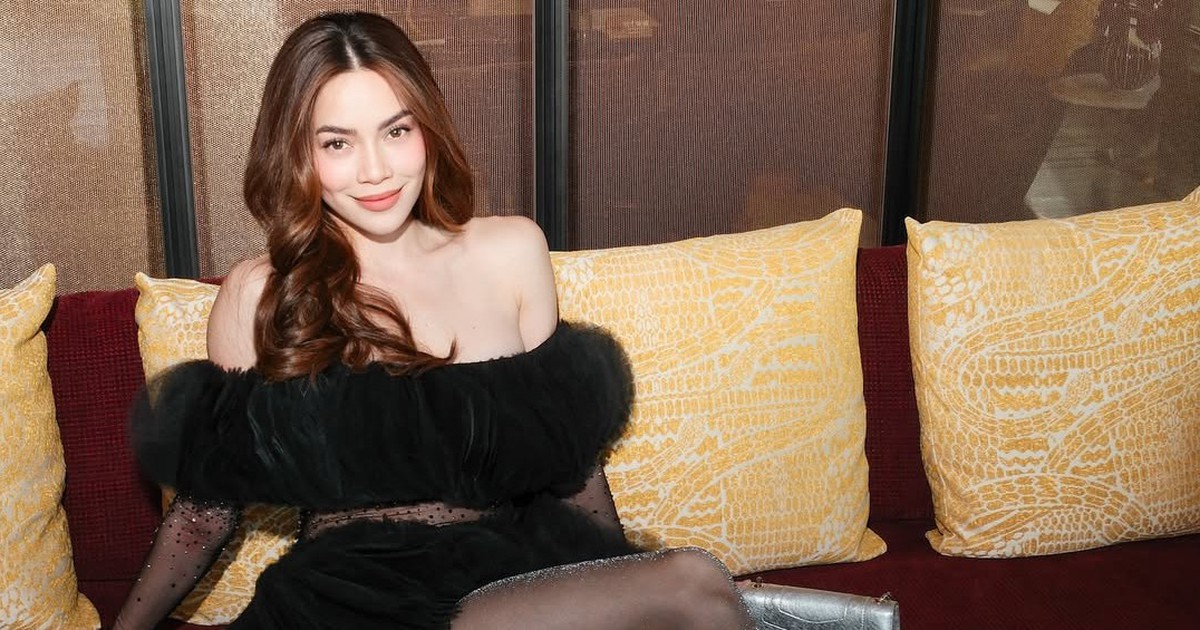In the 1950s, around twenty Inuit children from various villages in Greenland, aged between five and nine, were taken from their families and taken to Copenhagen to learn Danish. Not only that: the objective was for them to be trained in the language of the metropolis and, over the years, to become a small elite capable of ruling their island to guide it towards modernity. For that they had selected the most intelligent and alert little ones. The children spent two years in Denmark. Some, upon returning, could not speak to their parents because they had forgotten their own language. They returned to their country, but not to their village: they were placed in a kind of orphanage to continue their re-education, which lasted several more years.
Over time, many of them ended up drunk or begging on the icy streets of Nuuk, uprooted, aimless and lifeless. Others ended up marrying Danes. The Prime Minister of Denmark, Mette Frederiksen, publicly apologized in September 2022 in front of six of those children, now elderly, the only ones alive at the time: “It was inhuman, unfair and ruthless.”
Between the 1960s and 1970s, thousands of Inuit women and girls were sterilized by Danish doctors with an intrauterine device that most knew nothing about. They didn’t ask their permission. They didn’t tell them what it was for. Many were under 12 years old. The objective was to stop the demographic explosion of the inhabitants of Greenland, according to several studies, so that the bill paid by the metropolis would not skyrocket. The matter is called spiral case, due to the shape of the device, which, according to some of the victims, could be quite painful. Many of these women carried it for years without knowing it. They never imagined why they couldn’t have children. It is not known how many there were. A joint commission, composed of Danish and Greenlandic scholars, was established in September 2022 to investigate the matter.
Every inhabitant of Greenland knows these two cases. Also that of the fishermen distributed in coastal villages who, in the seventies, were almost compulsorily relocated – after their economy was strangled – in apartment blocks on the outskirts of Nuuk in an attempt to reorganize fishing activity and make it more efficient. Disoriented and disoriented, many of these Inuit ended up in the hands of alcohol or depression.
The common history that Greenland and Denmark share is complex and leaves wounds that are difficult to heal. Until 1953 Greenland was, in fact, a Danish colony. From that year on, it became just another county in the country. In 1979 it became autonomous and in 2009 it expanded its powers to all areas, except international relations and defense. Donald Trump’s recent statements, in which he assured that the United States needs to control Greenland for security reasons and that he does not rule out the use of force or economic pressure to achieve its objective, were received by Greenlanders at the same time as an threat (of falling into the hands of Washington) and an opportunity (of getting out of Danish hands).
Rikke Ostergaard, a graduate in Sociology, a 48-year-old Dane who has lived in Greenland since she was five, is currently working on a doctoral thesis on the relations between Danes and Greenlanders. When asked what they are like, she immediately responds: “Well, they are good and bad at the same time.” He adds that he still perceives a certain condescension among a part of the Danish population towards the Inuit population. And he gives two examples of what is currently happening in Greenland that in his opinion describe the situation: “First: when I was little, they separated us by class. On the one hand, the Danes; on the other, the Greenlanders. That’s over now. But now many Danish parents take their children to private schools, which cost money, which has the same effect. And second: years ago there was a rule that Danish officials and employees decided to come to Greenland and, by law, they were better paid than officials who were born here, even if they did the same job. That was abolished. But now it is still being carried out covertly.”
The majority of Greenlanders want independence. Among other things, for the grievances suffered over the years. But very few want it now. Every year, Denmark sends close to 600 million euros that support a good part of the island’s social system. Medical care, without going any further. This gigantic island of 57,000 inhabitants and an area four times larger than Spain is a logistical challenge from a medical point of view. It has a hospital, in Nuuk, the Queen Ingrid, with over a hundred beds. And four small health centers spread throughout the island. Patients who need to go to Nuuk from a village are transported by airplane or small plane. If they are serious, by plane-ambulance.
If the Nuuk hospital is not able to treat the illness – a serious heart attack, a birth with many contraindications, cancer… – the patient is transferred by plane to Copenhagen, either on a regular flight or on a medicalized flight. All managed by Greenland but paid for, ultimately, by the Danish State. The patient does not pay anything.
Hence many on the island think twice before asking for immediate independence. In fact, the Prime Minister himself, Múte Egede, of the Inuit Ataqatigiit (Inuit people’s party), in a recent press conference, when asked about when independence will come, answered that there was no date yet. The island is rich in oil, gas, gold and iron. Also in rare minerals that have become essential for the construction of electric car batteries or wind turbines. But they are not yet exploited in a way that can compensate for the millions that Denmark transfers each year. 95% of export profits belong to fishing, the country’s first industry.
Nikkulaat Jeremiassen, president of the Greenland Fishermen’s Association, assures that Denmark, by often acting as an intermediary between fishermen and buyers, takes a profit that could remain on the island if they were independent.
In any case, everything is going quickly. Last Friday, at eight in the morning, while the children of Nuuk, clad in polar overalls, walked down the street to go to school, with a temperature of -17 degrees, Thomas Emanuel Dans, an American investor who has worked as Trump’s Arctic advisor, had breakfast in a downtown hotel. He had spent a few days in Greenland, where he had held meetings on mining, fishing and tourism. “In this country there is everything to be done. “There are many opportunities,” he assured.

